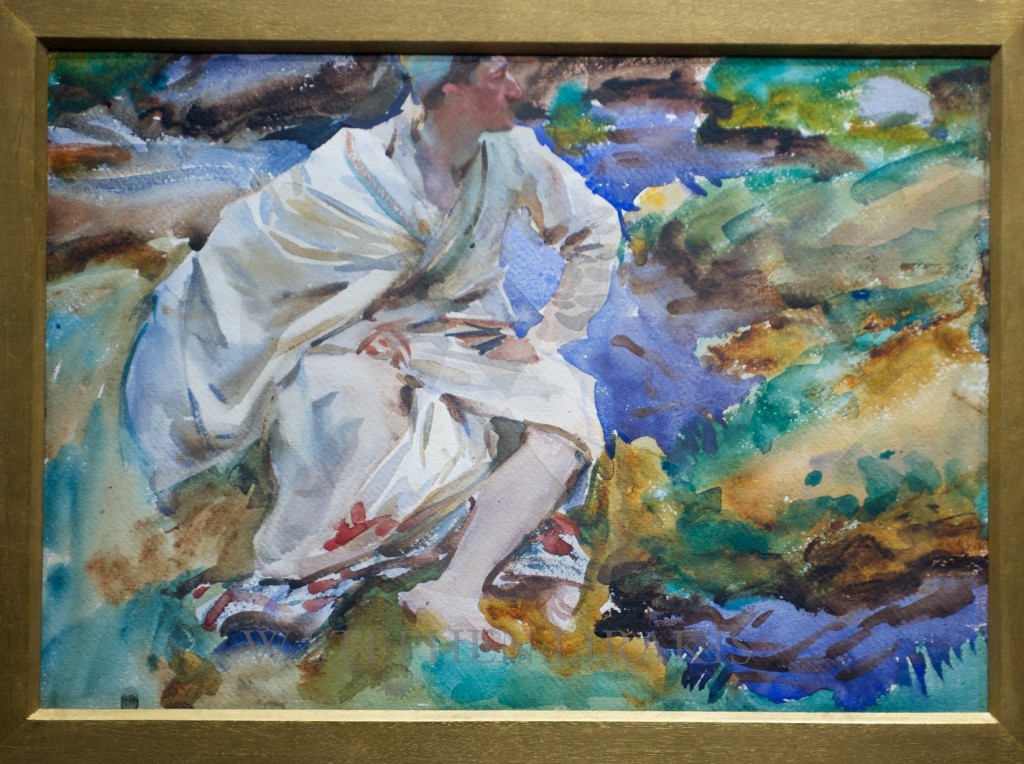Month: November 2013
CARL EICHENLAUB
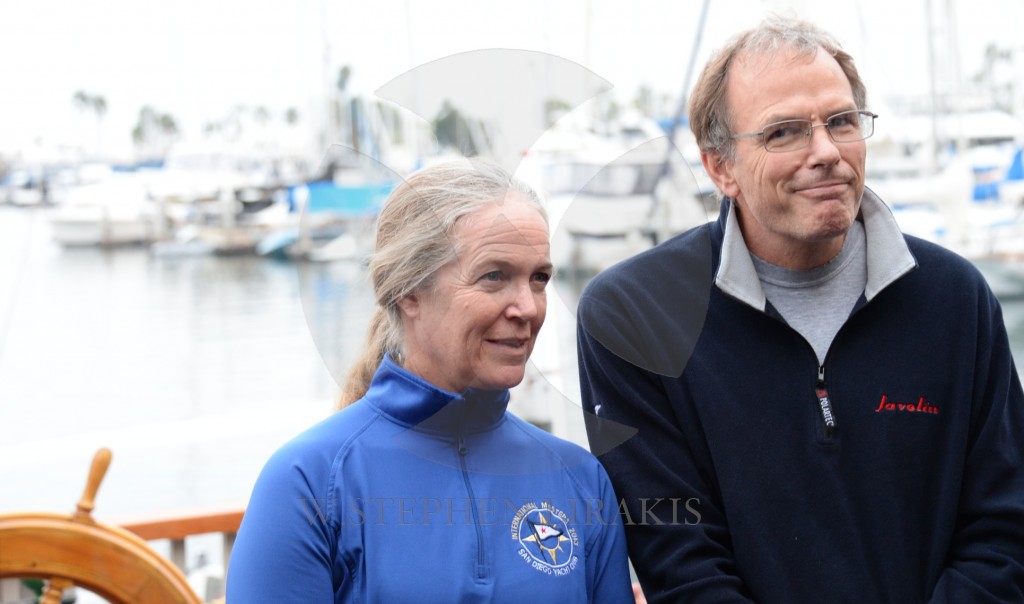
the passing of a legend
 Carl Eichenlaub passed away early this morning. In a sport full of iconic figures, he stands with the best and most unique. Few people in the sport have the breadth and depth of his talent.
Carl Eichenlaub passed away early this morning. In a sport full of iconic figures, he stands with the best and most unique. Few people in the sport have the breadth and depth of his talent.
Any one of his many accomplishments would have made him worthy of inclusion in a list of greats. Champion sailor in the Snipe, Lightning, while also sailing in the Star, Soling, FD’s and IOR classes. As a builder of those boats, a few of which helped to change the face of the sport, perhaps most notably Doug Peterson’s “Ganbare”. Friend and mentor to literally thousands of people around the world.
Carl’s boat building skills were legendary. “In many ways Carl is a genius,” says Lowell North, a sailmaker who has three times sailed himself to a world championship in Eichenlaub Stars. “Although some sailors on the East Coast may not agree, we on the West Coast know that he is the best.” This quote was from an extensive Sports Illustrated article in 1965, the entirety of which is well worth reading, because it captures the essence of the man, which almost literally never changed. Anyone remember the slogan “Any slob can win in an Eichenlaub”?
Away from the sport he played classical music on a bassoon and contrabassoon with several different local orchestras. He loved the San Diego Chargers and NASCAR and in recent years had taken to traveling to what he called “Dog Regattas”, otherwise known to the rest of us as dog shows, with his wife Jean and their herd of dogs. A graduate of San Diego State in ’53, Carl is a member of the Intercollegiate Sailing Hall of Fame and is an SDSU Distinguished Alumni. He was 83 years old. He passed away quietly with Jean and his children Betty Sue Sherman and Brian close by.
While winning races and building great boats for customers is interesting, of far greater importance is the esteem with which he was held in the sport. Carl was the shipwright for the US Sailing team for decades. He always took care of the US team first every day, but after that work was done he would help sailors from other countries fix their boats. For the sort of service he gave to the sport in 2000 he was awarded US Sailing’s highest honor, the Herreshoff Award.
Many people will have words of tribute for Carl, and we thought it appropriate to start off with what Dennis Conner had to say about him this morning:
“Carl Eichenlaub was truly a genius. He could sail a bath tub down the San Diego river with a sheet as a sail. He built championship boat after champion boat for the Snipe, Lightning and Star class He could play in the orchestra, build a railroad, invent a cedar core spruce star mast, go to the Olympics and not only repair the damaged US boats but help the entire fleet, He could build, paint and launch an ocean racing boat capable of winning the SORC “STINGER”, in 30 days from start to finish! All this as well a being a great sailor, winning Championships from Sabot to Snipes to Lightnings. He inspired some of our very best sailors, Lowell North, Pete Bennett, Malin Burnham, Earl Elms in San Diego.. He will be remembered as being one of our greatest sailing talents, along with Lowell, Buddy and Bill Buchan.There will never be another Carl, he was simply the BEST!”
I was in San Diego just one month ago. I saw Carl’s Daughter and asked after him. She replied that he was at the boat shed working.
I first met Carl when I was in San Diego, rebuilding a Dragon for the Olympics. That was 1971. The boat had been built by Kelvin Savell, a close friend of Carl’s and another lover of classical music. Kelvin’s first love was building musical instruments, but boatbuilding gave him a living. Our paths crossed a number of times after that. When Carl was about to build his first aluminum hull, we spoke, I had just finished “Courageous” the 12 meter.
I told Betty Sue the story and how the idea of this remarkable group in San Diego was a thought that remained with me.
SIX METER SPRING LAUNCH
BRILLIANT
CAMERA CAR
WHERE WERE YOU ON NOVEMBER 22, 1963?
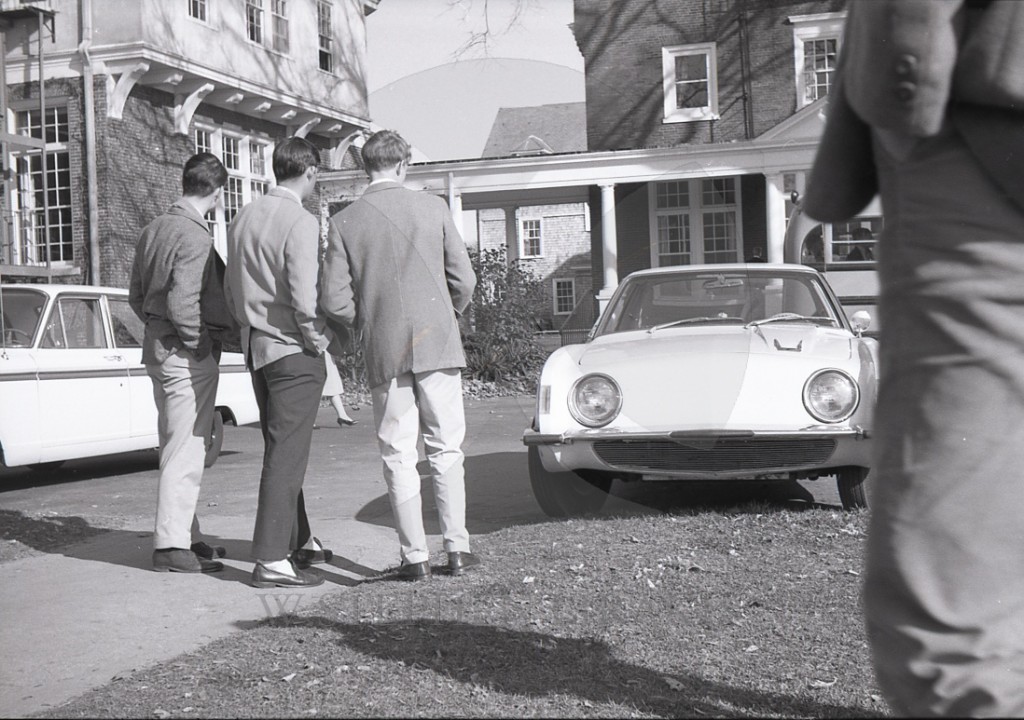
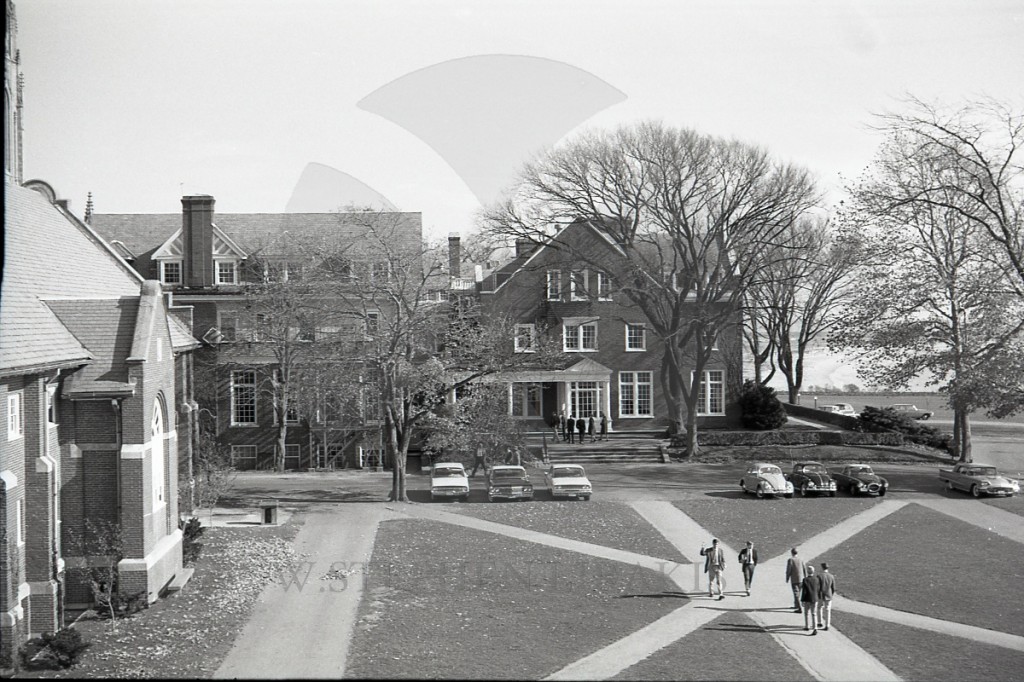
I expect everyone of a certain age remembers where they were when the news was announced of the assassination of President Kennedy. Saint Georges’ School had just been let out for Thanksgiving vacation. I was hitchhiking into Newport along Memorial Boulevard. A step van stopped to pick me up and told me the news. I wasn’t certain whether or not to believe him and initially dismissed the thought.
It took me a long time to absorb the idea that an assassination of an American President could actually happen. I believe the loss of that kind of security is what people really mean when they refer to the loss of innocence. It could never happen here. It certainly spoiled my Thanksgiving holiday.
WINDSURFING
The Original Windsurfer
Posted by Clark Beek // October 15, 2012
People, Schweitzer, windsurfing
http://sailfeed.com/sites/default/files/field/image/HoyleDiane.jpg
3
What happened to windsurfing?
Kiteboarding is now all the rage, but kiteboarding isn’t doing for the world what windsurfing did back in its heyday. Before this last Olympics I heard that windsurfing was going to be replaced by kiteboarding, but I was relieved to find out this wasn’t the case: kiteboarding was just entering as an exhibition sport. Windsurfing was still in, albeit called RS:X. Then I had to look up what an RS:X is: It’s a windsurfer.
Back in 1967 my dad’s former roommate from Pomona College co-invented, and later co-patented what would be called the Windsurfer. Hoyle Schweitzer and Jim Drake came up with the idea of combining surfing and sailing, but it was Hoyle who founded Windsurfing International, and the Schweitzer family who promoted the sport and brought it out of its inception. My dad, Seymour, became one of the first Windsurfer dealers, in Newport Beach, and still probably holds some kind of record for teaching the most people how to windsurf…definitely a record for getting the most crusty old traditional sailors to give it a try.
It was our family sport. My earliest memory is playing in the sand at Bahia Santa Maria, Baja California, while various Beeks, Schweitzers, Waltzes, Swateks, and Parduccis raced on the first generation of windsurfers, with teak booms. By the time I was old enough to pull the sail out of the water (a fateful day, also at Bahia de Santa Maria) windsurfing was exploding…but we didn’t know it.
Our tribe migrated around the Southwest for regattas most of the year: Long Beach, Mission Bay, Newport Harbor, Huntington Lake, Pyramid Lake, Castaic Lake, and Bahia de Santa Maria every Easter and Thanksgiving. We almost always camped. The windsurfing tribe, in hindsight, looked like a nascent version of Burning Man. The Schweitzer’s big van was always the anchor tenant, but the Waltze’s VW bus and my dad’s Ford lease car du jour (he worked for Ford for 23 years) were always stuck in the sand nearby. The Schweitzers always had wooden planks for getting cars unstuck.
Schweitzers, Waltzes, Demonds, and Parduccis, on the beach at Bahia Santa Maria
Then one day the crowd changed. Our little band of Southern California windsurfers was joined by Sven from Sweden, Jorg from Germany, Toro from Japan, and Dario from Italy. They’d all come to race against the best. Unbeknownst to us kids, the original tribe had been outnumbered tenfold around the world. In Europe the idea of a fully-functional sailboat that could be carried on top of a car led to an explosion of the sport. Soon there was competition in manufacturing sailboards, and years of legal battles. At the world championships in 1974, where my dad won the heavyweights, it seemed there were as many Europeans as Americans. And a few years later a punk kid from Hawaii named Robby Naish began his domination of the sport that lasted most of my lifetime.
It wasn’t just the fun and convenience. Something about Windsufing embodied the Zeitgeist of the seventies: independence and individual freedom, with strong counter-culture overtones. It put a sailor closer to nature–just inches above the water, and often in it. It was the poor man’s sailboat, which had never existed before. A windsurfer sailor didn’t need yacht clubs, a fancy home, or a lot of money. He just needed a patch of sand to set up his rig and he was off into the sunset…until he’d crawl back into his tent on the beach.
By the eighties it was everywhere: The Sunkist orange soda commercial, the Frosted Flakes commercial (“They’re Great!”). A 14-year-old Clark Beek even windsurfed in a TV commercial for Nature Valley Granola Clusters, with my big speaking part (“Alright!”) which kicked me into the higher pay scale, and netted me enough money to buy my first car. In 1984 it became an Olympic sport, in Los Angeles, right where the sport began.
We flew to Maui every summer to stay with the Schweitzers, and saw revolutionary developments every time: Wave jumping, harnesses (and getting “launched” until we learned how to use them properly), the RAF (Rotating Asymmetrical Foil AKA Not Normal), Mylar sails, and then the biggest development of all, the water start. With the water start you didn’t have to stand up on the board to pull up the sail, meaning the board didn’t have to be big enough to float body weight, meaning the birth of the short board and serious speed. The world sailing speed record, tandem boards, professional sailboarders…there was no telling where it was going next.
But alas, windsurfing’s days as everyman’s sport are gone. Some say it’s because you can’t buy a cheap sailboard package anymore. In its heyday you could buy a cheapo sailboard for less than $500, then move up once you decided you were hooked. Those in the know will be quick to point out that the top of the sport is still moving up: windsurfers keep going faster, equipment keeps getting better, and back in the day we couldn’t have dreamed of the moves they’re pulling in the surf these days. Check out this guy:
Maybe the times have just changed…dang kids and their video games. I, however, will always go back to Bahia Santa Maria (we’ve got a shack on the beach now) and sail my original Windsurfer through the shallows at high tide.
Ted, the youngest Schweitzer kid, has put together a great website, Original Windsurfer, which chronicles the first ten years of the sport. For me it’s like reading a family scrap book. There are debates as to who actually invented the sailboard (it turns out there were sailboard-like-prototypes clear back in the forties), and to what direction the sport could have taken at various times, but I think everyone agrees that if Hoyle and Diane Schweitzer hadn’t packed their young family in that van and carted them all over creation to promote the sport—in the most fun, sharing, Tequila-around-the-campfire kind of way—the sport would have never grown beyond a silly contraption you’d find in the back of Popular Mechanics.
…and I doubt kiteboarding would have followed.
BITTER DISPUTE
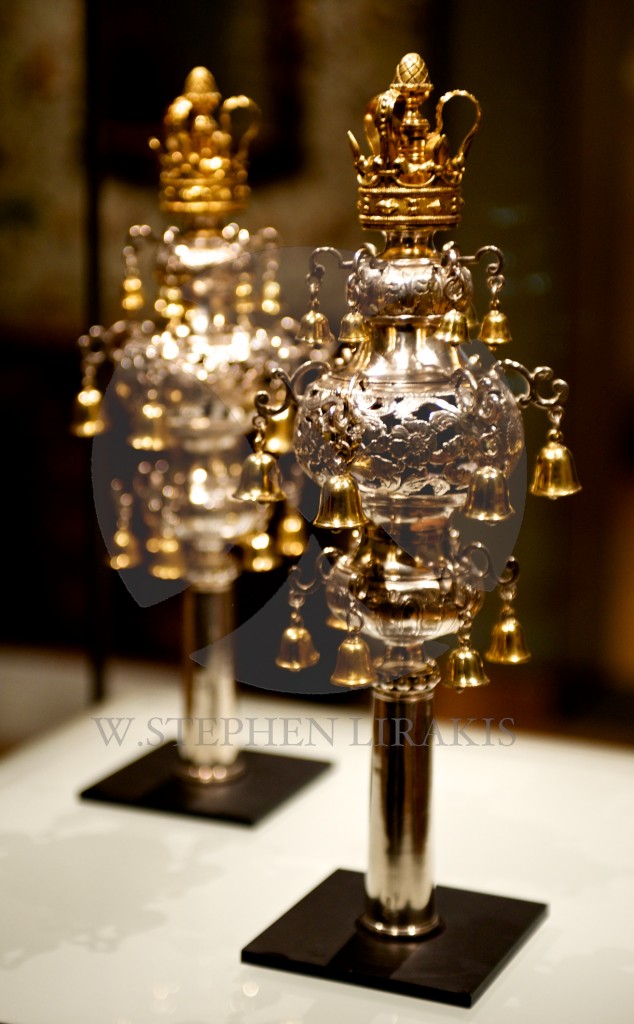
Touro Synagogue Artifacts Dispute to Continue After Mediation Fails
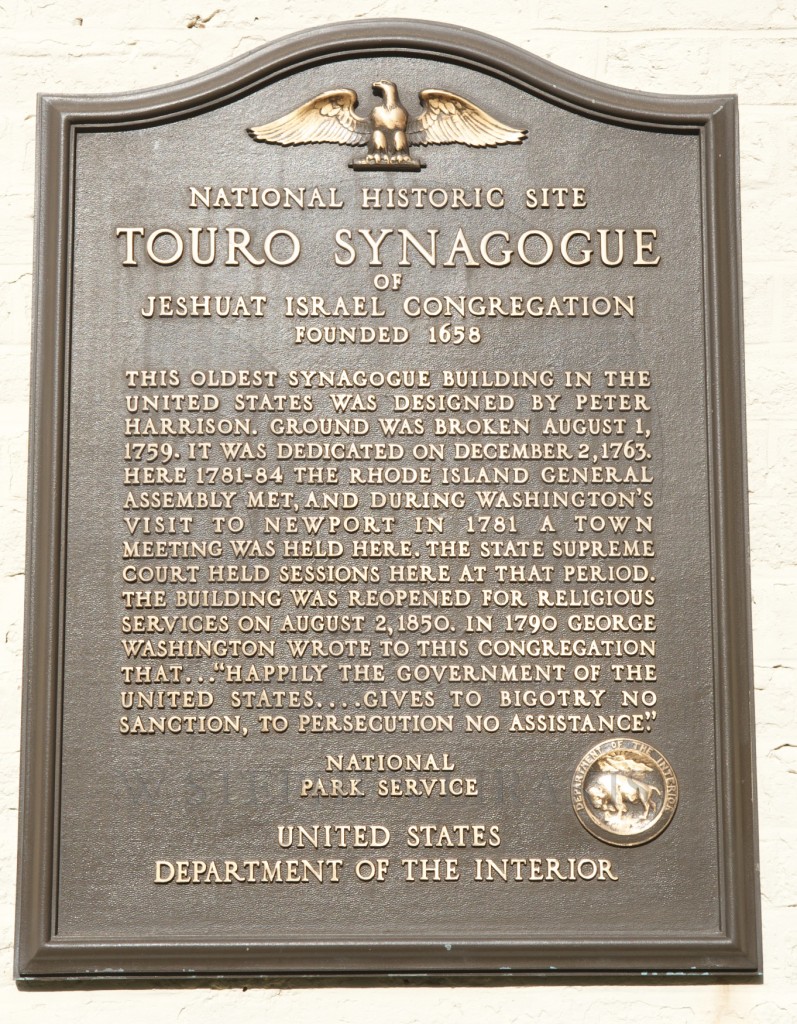
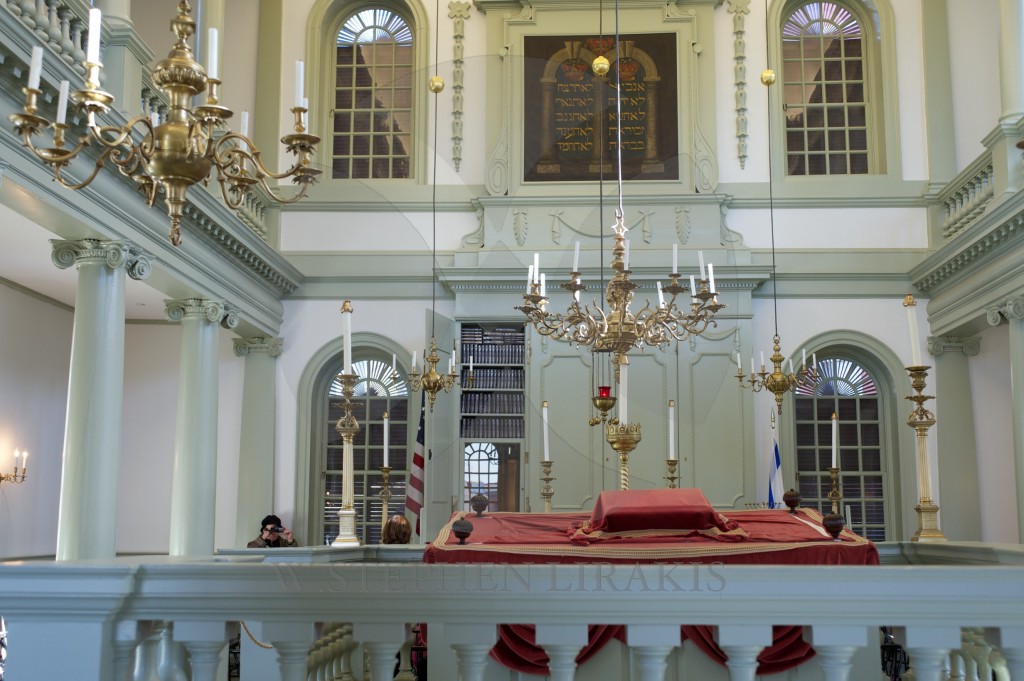
This dispute seems to have become a he said she said. A question of the intention of language in old letters?
I do not know the details. I believe the difference is whether or not the bells were a gift or a loan. They have been on extended loan and exhibit to the Boston Museum of Fine Arts; which has offered to purchase them.
JNS.org – Talks between the historic Touro Synagogue in Newport, RI, and a New York City synagogue that claims ownership over the Touro Synagogue and its artifacts broke down this week after a U.S. District Court judge declared the mediation failed, the Providence Journalreported.
According to the Providence Journal, a dispute between Congregation Jeshuat Israel, which uses the historic Touro Synagogue that was built in 1763, and New York City’s Congregation Shearith Israel, which was given the deed to the synagogue in the early 19th century when the original Jewish community left, arose over plans to sell the synagogue’s 18th-century finial bells to the Boston Museum of Fine Arts for $7.4 million. Touro Synagogue is the oldest synagogue building that is still standing in the U.S.
The bells, which were designed in the mid-1700s by Myer Myers, adorn the handles of the Torah scroll and are rung when the Torah is raised. The New York congregation opposed the sale of the bells and claims that Congregation Jeshuat Israel has violated its lease terms, which were established in the early 20th century when the Newport Jewish community was revived.
Lawyers for each of the synagogues told the Associated Press that their lawsuits would proceed now that federal mediation has failed.
MASTER OF LIGHT MASTER OF WHITE
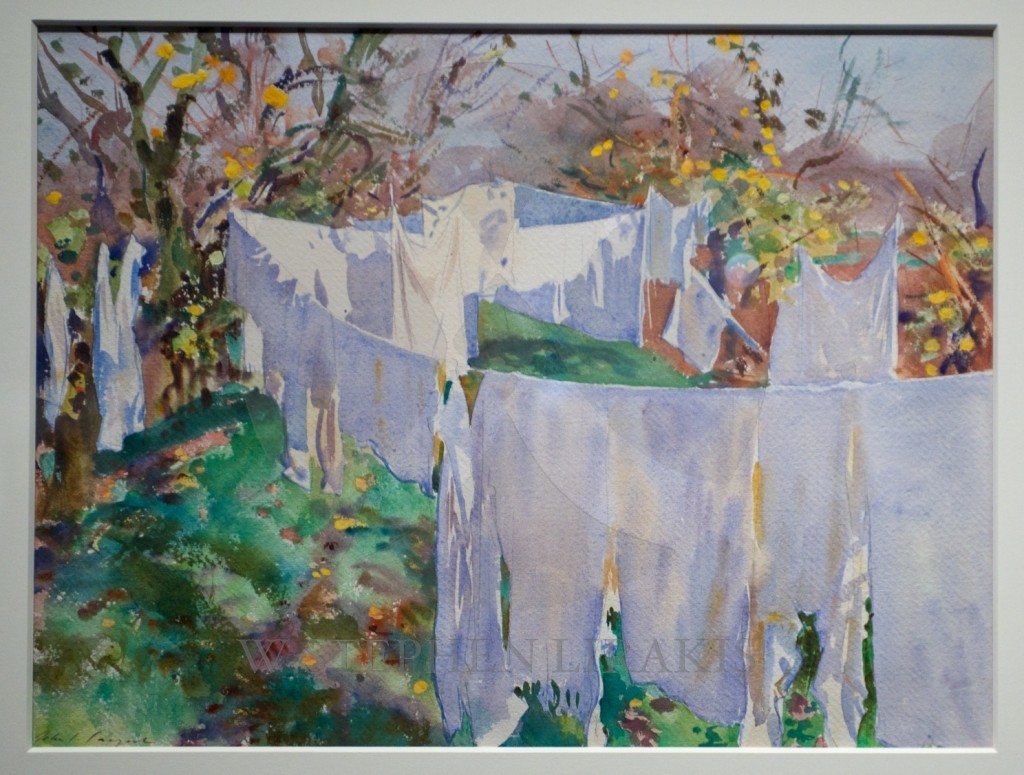
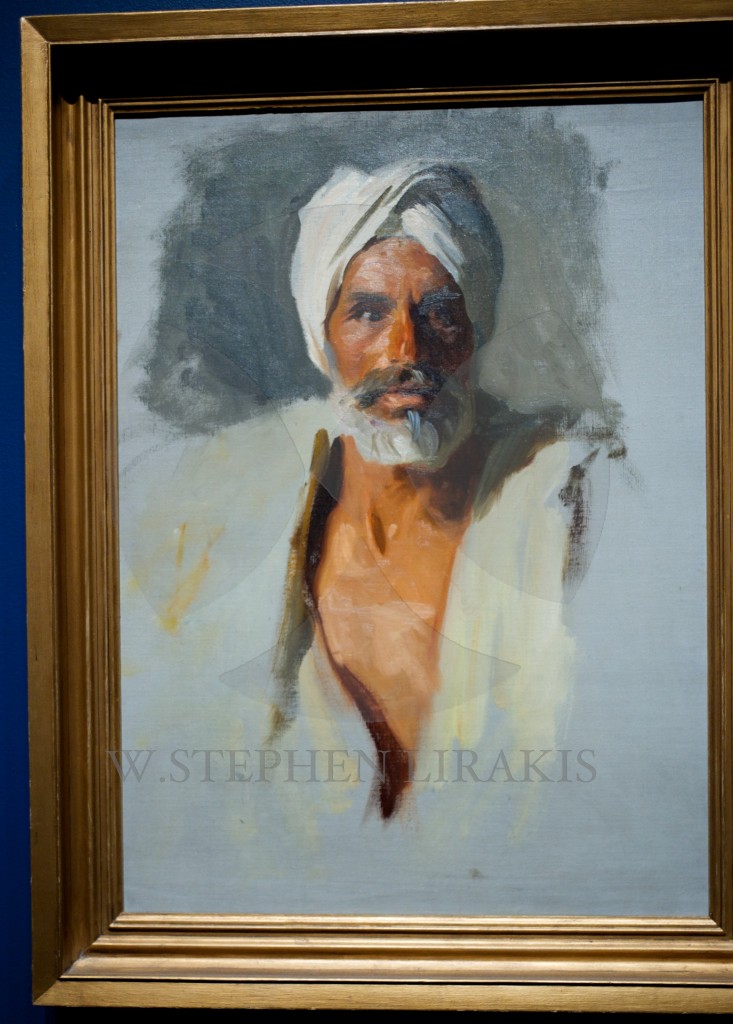
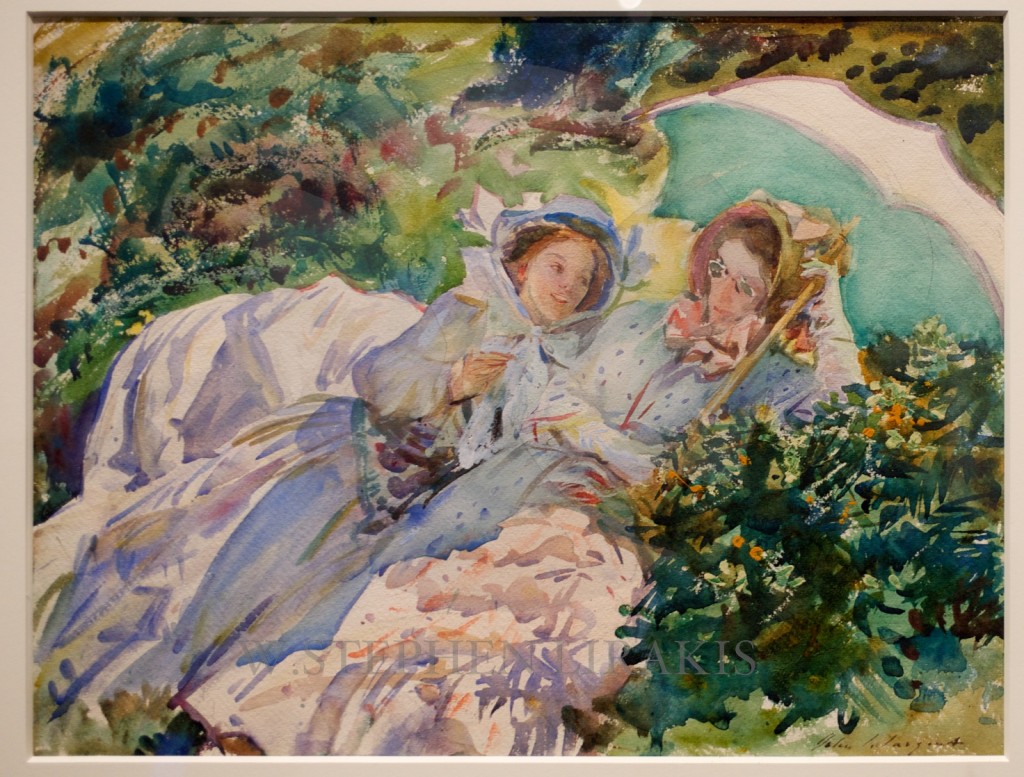
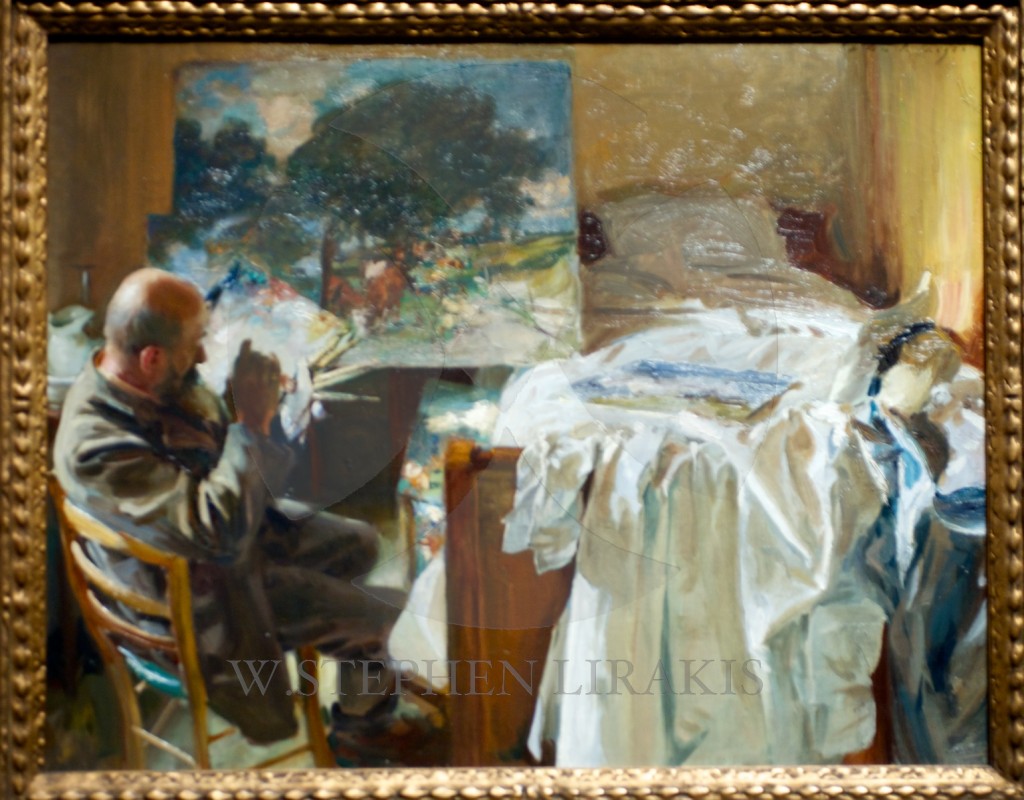

I have lost count of the number of Sergeant exhibits I have now seen. (more than 6) He is perhaps best know for his portraits and rightfully so. I have learned so much each time I walk into a museum. It all started with “Fumee D’Amber Gris” at the Clark Institute. The first time I realized his treatment of white was genius.
Many consider him the master of light. I consider him the master of white.
Another odd event today was the discovery of the Roxbury High Fort. I have never seen or heard of this.
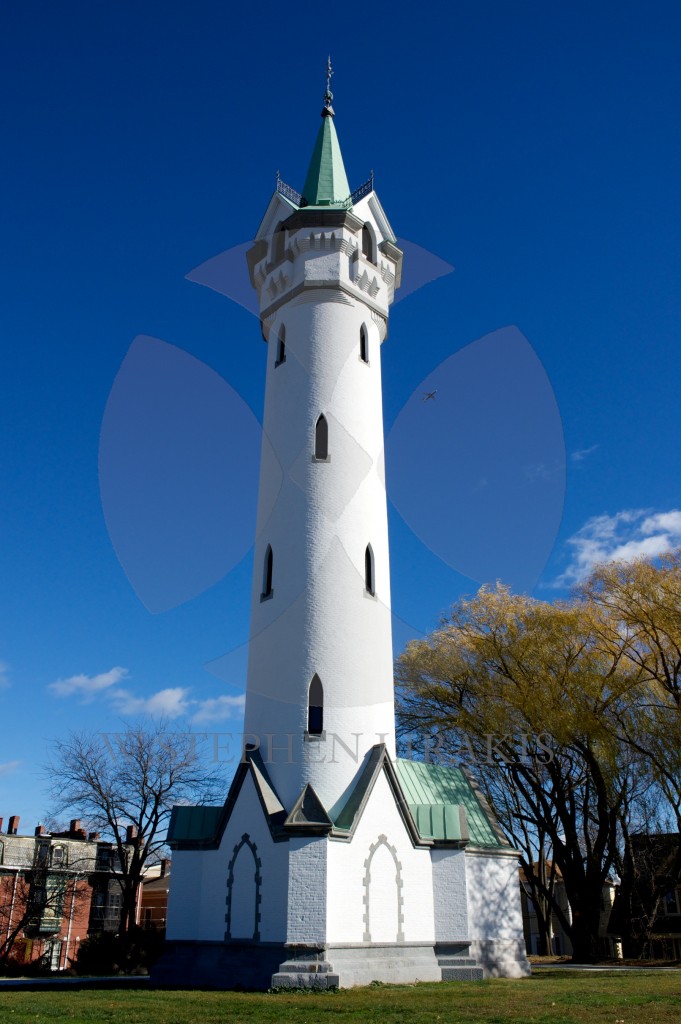
LET ASHLEY TRY OUT
I was supposed to be part of this video supporting Ashley Perrin’s bid for a place on the all women’s team in the next Volvo race. The timing didn’t work out. Here is the finished product.
Ashley was on the crew of “Tempest” the 80 foot Sparkman & Stephens ketch in the 2005 Transatlantic race. We won our class; without Ashley this would likely not have happened.
DAY AND NIGHT


I am still coming to terms with settling back into life at “home”. The summer was such an event; seeing a small part of America. The weather which wreaked havoc in the Midwest and brought rain and wind to the Northeast, has given way to sun and clear skies with 65 degree temperatures. The contrails high in the sky exhibit the cold clear air.


